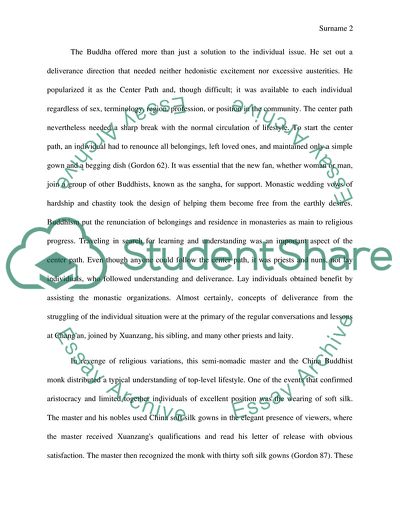Cite this document
(Monarchs and Monasteries Essay Example | Topics and Well Written Essays - 1500 words, n.d.)
Monarchs and Monasteries Essay Example | Topics and Well Written Essays - 1500 words. https://studentshare.org/history/1810502-book-analisys
Monarchs and Monasteries Essay Example | Topics and Well Written Essays - 1500 words. https://studentshare.org/history/1810502-book-analisys
(Monarchs and Monasteries Essay Example | Topics and Well Written Essays - 1500 Words)
Monarchs and Monasteries Essay Example | Topics and Well Written Essays - 1500 Words. https://studentshare.org/history/1810502-book-analisys.
Monarchs and Monasteries Essay Example | Topics and Well Written Essays - 1500 Words. https://studentshare.org/history/1810502-book-analisys.
“Monarchs and Monasteries Essay Example | Topics and Well Written Essays - 1500 Words”. https://studentshare.org/history/1810502-book-analisys.


